CERTIFICATIONS
99.97% pure air. 100% pure fact.
Rensair’s award-winning air purifiers are independently certified by world renowned scientific laboratories.
The effectiveness of Rensair’s air purifiers is backed by hard evidence from recognised independent bodies.
Independent testing demonstrates Rensair’s excellent performance in 4 key areas:
AIR FILTRATION EFFECTIVENESS
Particle reduction in an NHS dental suite
ESI GROUP
The Rensair air purifier achieved Log2 particle clearance (99% reduction) post an Aerosol Generating Procedure (AGP) in under 2 minutes in a dental suite with no ventilation.
Highly effective air clearance post an AGP enables fallow time between appointments to be reduced.
Airborne virus filtration efficiency
DANISH TECHNOLOGICAL INSTITUTE
A virus particle reduction rate of 99.98% was recorded in 15 mins and 99.99% in 30 mins.
Rapid and effective removal of airborne viruses in a poorly ventilated indoor space demonstrates Rensair’s ability to reduce airborne disease transmission.
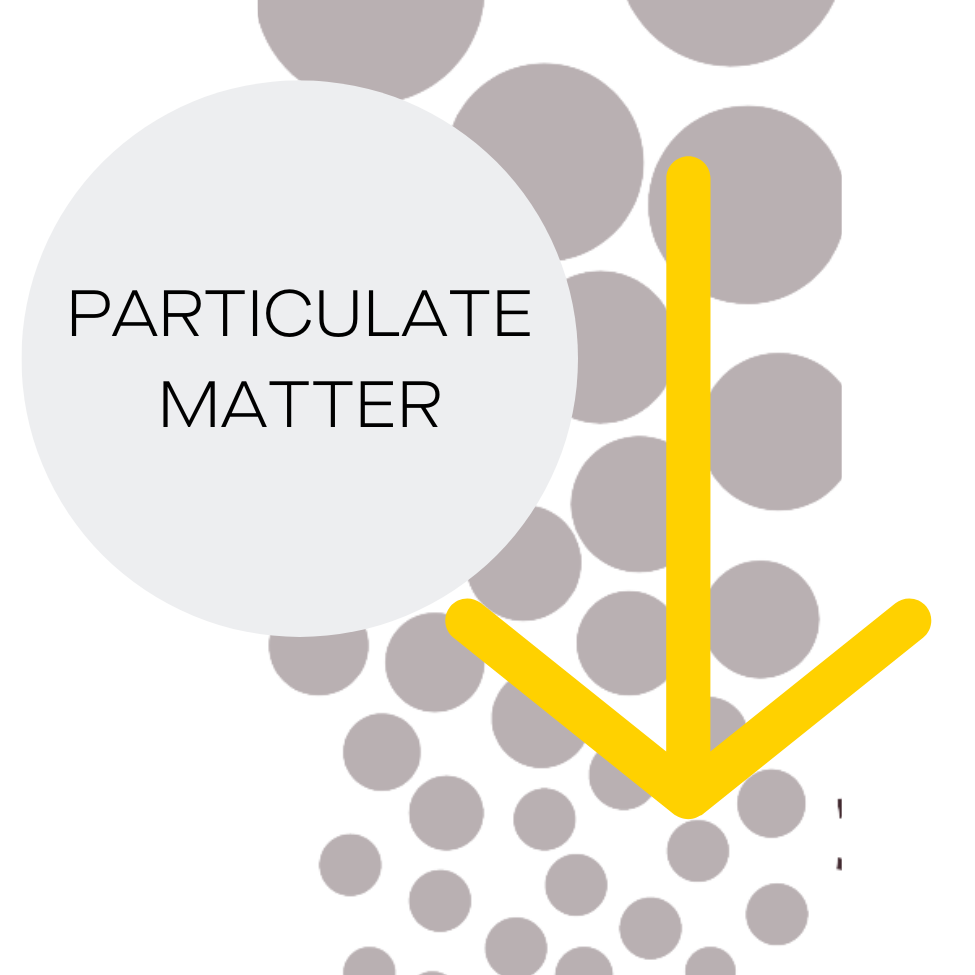
Particulate Matter filtration efficiency
Danish Technological Institute
The Rensair unit reduced all particle sizes in the range of 16-593 nanometres (0.016-0.593 microns) with more than 99% efficacy within 20 minutes.
Airborne virus and bacteria filtration efficiency
EUROFINS
After contaminating a chamber with >250 pathogens per cubic metre of air, test results showed less than 1 pathogen/m3 in the air after the air purifier’s operation.
Removal of airborne pathogens to negligible levels demonstrates Rensair’s ability to reduce airborne disease transmission.
Smoke filtration efficiency
DANISH TECHNOLOGICAL INSTITUTE
99.99% of smoke particles were removed from a 20m3 room within 30 minutes.
The effectiveness in trapping PM1/PM2.5 categories of indoor air pollutants was demonstrated by the removal of ultra-fine particulates.
Gas filtration efficiency
IUTA
Tests for sodium chloride, NO2 and ozone resulted in a clean air delivery rate between 27 and 38 cubic metres per hour.
The nano-carbon filter traps harmful noxious gas concentrations inside vehicles.
HEPA filter sterilisation through UV-C treatment
DANISH TECHNOLOGICAL INSTITUTE
The concentration of viable MS2 virus that could be recovered from the inside of the HEPA filter after the air purifier was used was below the detection limit for the analysis (150 PFU/sample).
Demonstrates an efficient UV-C treatment system to inactivate any trapped viruses on the HEPA filter, which also renders the filter safe for handling during maintenance and replacement.
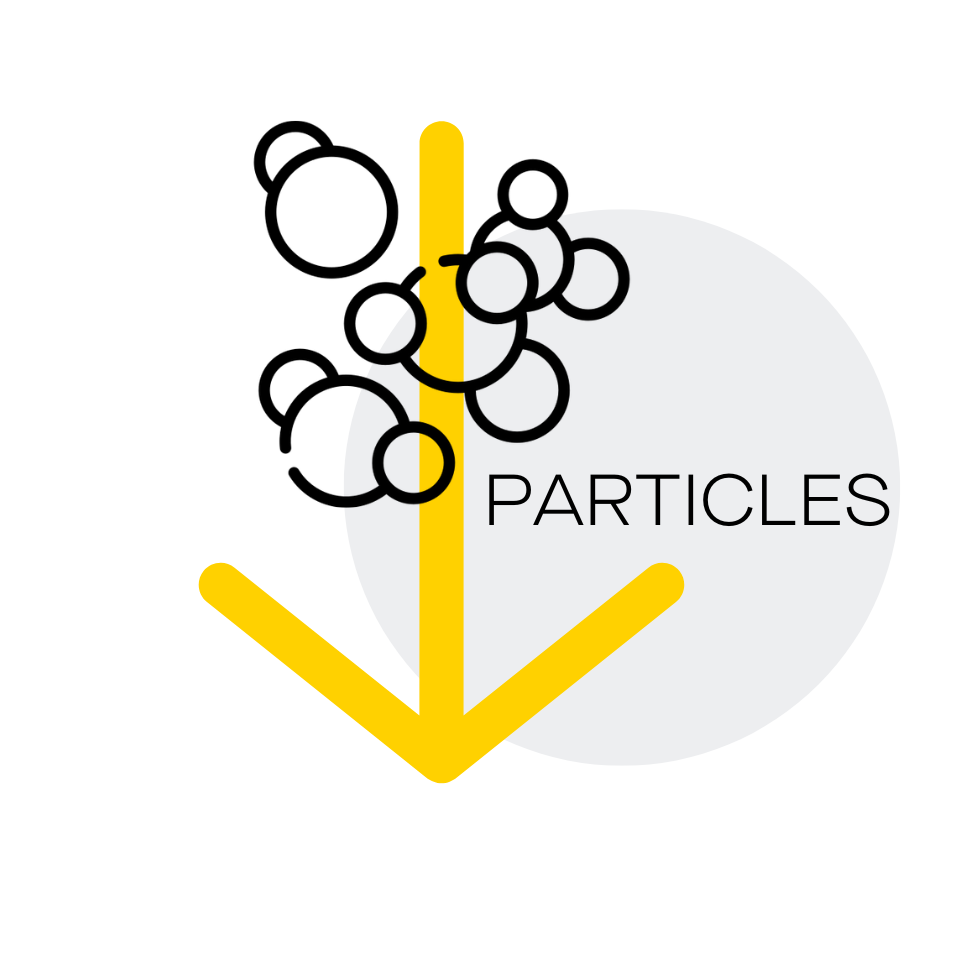
Meeting HEPA specification
Indoor Science/LMS Technologies Inc
Both the filter media and the full unit met the HEPA standard, which requires a minimum of 99.97% efficiency at removing particles at 0.3 μm in aerodynamic diameter.
The entire Rensair unit performs to HEPA standard which is not a given. Most air purifiers using HEPA filters only remove 80-90% in one air pass due to design/leakage but this test confirms Rensairs design quality.

Effective fungi removal and inactivation
Indoor Science/LMS Technologies Inc
At 30 minutes of UV exposure, all test viruses and mould spores were deactivated. Deactivating mould does not necessarily remove the allergenic proteins found on the outside of the non-viable spores. Further testing did not detect any Stachybotrys (black mould) proteins on the filter surface.
Mould spores can live and grow inside a filter, and capturing them does not necessarily prevent people from having allergic reactions, due to certain proteins on the outside of the spores. Rensair’s combination of HEPA and UVC captures and completely inactivates both the mould and the proteins, making it the best solution available.

Log-1 and Log-3 reduction
NHS Innovation Agency biovalidation
The Rensair unit achieved a 90% reduction (log-1) in airborne pathogens per cubic metre of air in only 11.4 seconds and 99.9% reduction (log-3) in 34.2 seconds.
Highly effective infection control and post AGP clearance for health environments.
Airborne virus and bacteria filtration efficiency
INSTITUT PASTEUR
99.3% removal of human coronavirus strain 229E from the air in a 0.54 m3 chamber after 5 minutes’ running time.
Rapid and effective removal of Covid, preventing the spread of infection in enclosed spaces such as a passenger car.
UNIT AIR FLOW AND ROOM AIR CIRCULATION
Airflow speed through the HEPA filter
ESI GROUP
Both reports confirmed that the airflow rate on different fan settings was commensurate with the manufacturer’s claims.
Evidence of powerful airflow, which is critical to the performance of any air purifier and is often a hidden point of difference between competing brands.
Airflow speed through the HEPA filter
EUROFINS
Both reports confirmed that the airflow rate on different fan settings was commensurate with the manufacturer’s claims.
Evidence of powerful airflow, which is critical to the performance of any air purifier and is often a hidden point of difference between competing brands.
Air purifier air intake
ESI GROUP
Hemispherical uniform intake of dirty air into the air purifier, at a constant velocity from above and around the 360 degree circumference of the device.
This shows that the directional placement of the device in a room is not important (which is not the case for air purifiers that only have a single/double sided inlet or square air purifiers).
Air purifier air outflow
ESI GROUP
Uniform outward distribution of clean air from the air purifier at 360 degrees, at a constant velocity in ‘radial jet’ motion parallel with the floor.
The clean air leaves the air purifier and travels along the floor, up the walls and down from the ceiling, penetrating the entire room. This widespread toroidal air movement ensures full room circulation.
Room air flow
ESI GROUP
The study demonstrates that there is no recirculation of clean air straight back into the air purifier.
The air purifier creates full toroidal air circulation in a room, causing downward pressure on airborne particles, which precipitate to the floor. These factors are key to efficient air cleaning throughout the entire room, rather than just around the air purifier, preventing airborne disease transmission.
Full room air circulation
NORCONSULT
The Rensair air purifier cleaned the air almost equally efficiently at two separate measuring points placed apart from each other in a 93m3 test room.
This confirms the air purifier’s ability to clean all the air in a room regardless of where it is placed.
Full room air circulation
ESI Group
Log2 particle clearance post an AGP were almost identical when the air purifier was placed in two different places in a dental suite.
The air purifier has a very efficient air cleaning capability irrespective of where it is placed in a room.
Air purification supplements ventilation
ESI GROUP
When the Rensair air purifier is used in conjunction with a room’s mechanical ventilation in operation, the air circulation efficiency scales with ACH irrespective of installation location.
The air purifier can be used effectively either alone or to supplement any existing HVAC ventilation. Positioning within the room is not a factor.
Air purification supplements ventilation
NORCONSULT
When the Rensair air purifier is used in conjunction with a room’s mechanical ventilation in operation, the air circulation efficiency scales with ACH irrespective of installation location.
The air purifier can be used effectively either alone or to supplement any existing HVAC ventilation. Positioning within the room is not a factor.
REAL LIFE TRIAL
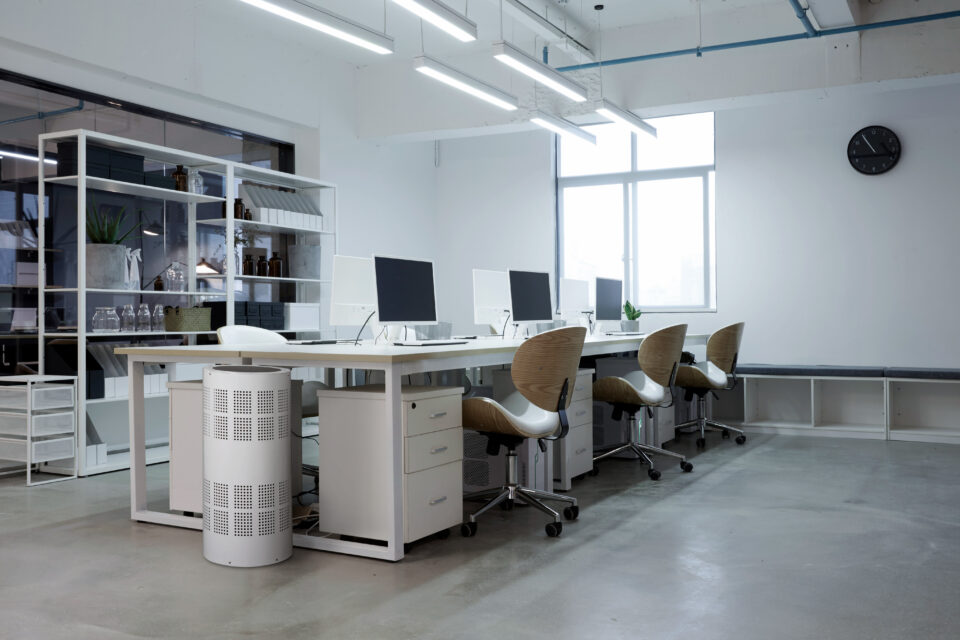
OCS
OCS, a global Facilities Management company, tested Rensair air purifiers over a 4-week period as they increased office capacity from 5% to 100% in their poorly ventilated building. Rensair calculated an air purification solution for their offices, achieving the WHO guidelines using Rensair Core air purifiers. The high quality air sensors that took readings of CO2, VOC, temperature, humidity and PM1, PM2.5 and PM10 particulate matter saw a steady rise of CO2 as more employees occupied the building. This was understandable given the poor ventilation. However, the data demonstrated that when the Rensair air purifiers were installed and turned on, the Particulate Matter readings of PM1 and PM2.5 dropped to less than 1mg/m3. Furthermore, the PM readings remained at negligible levels throughout the trial period as the occupancy levels rose to 100%.
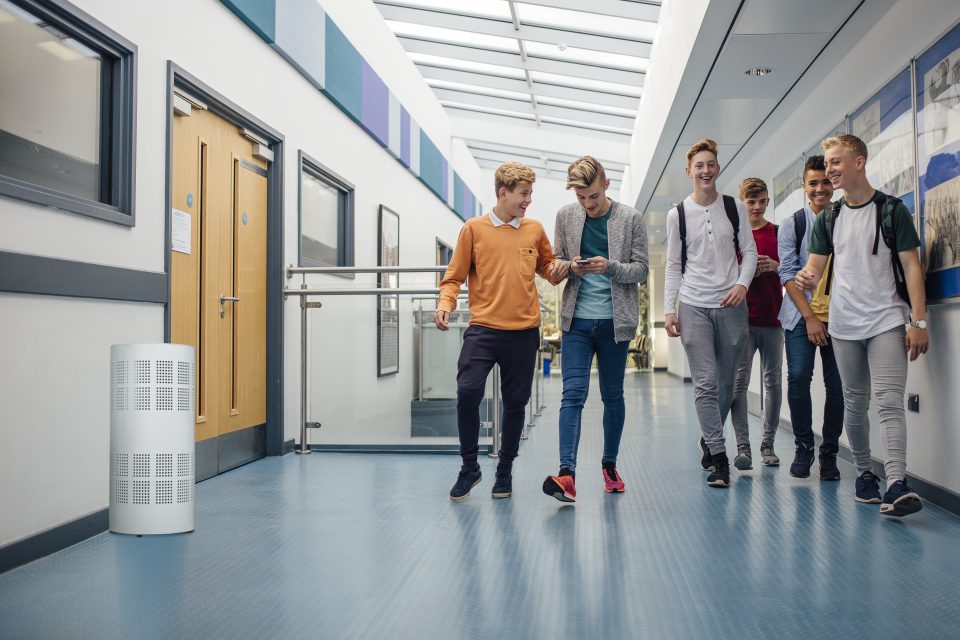
QPCS
Rensair installed a Core unit in some high occupancy, poorly ventilated classrooms (30 students + 1 teacher), together with some high quality air sensors. Unlike the OCS case study, a Rensair unit only delivered a third of the WHO guidelines in the classrooms due to limited budgets. The air sensors in each classroom in this London school recorded data on PM1, PM2.5, temperature, CO2 and Noise. Despite the understandably high levels of CO2 during lessons, given the poor ventilation and high occupancy, the sensors registered negligible Particulate Matter throughout the trial, even when background Particulate Matter rose above safety guidelines. The noise generated by the units was significantly lower than the noise recorded in the room.
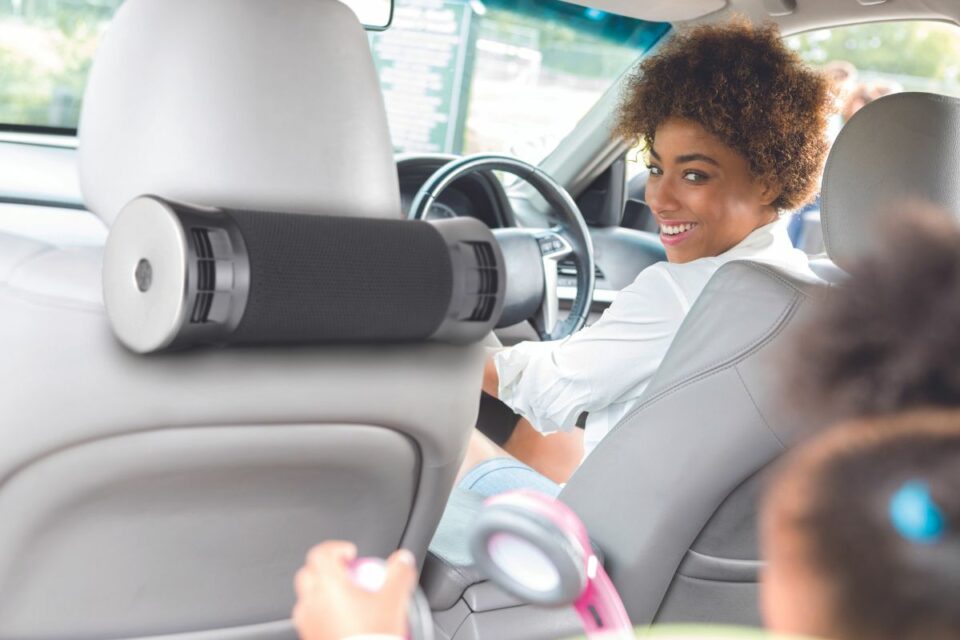
Delos
The data from this trial demonstrated the performance of Rensair’s AirBubbl air purifiers in reducing in-cabin pollution. The results showed a 59% and 54% reduction in Particulate Matter in simulations of light and dense traffic conditions respectively. The outcome corroborates other independent tests carried out on the Rensair AirBubbl which demonstrate its effectiveness in reducing PM and noxious gases in enclosed indoor spaces.
SAFETY AND COMPLIANCE FEATURES
Crash test
THATCHAM RESEARCH
In simulated crash test scenarios, using a reverse acceleration sled, the AirBubbl remained attached to the tested seat’s head restraint.
The air purifier is physically safe and poses no hazard in the event of a collision.
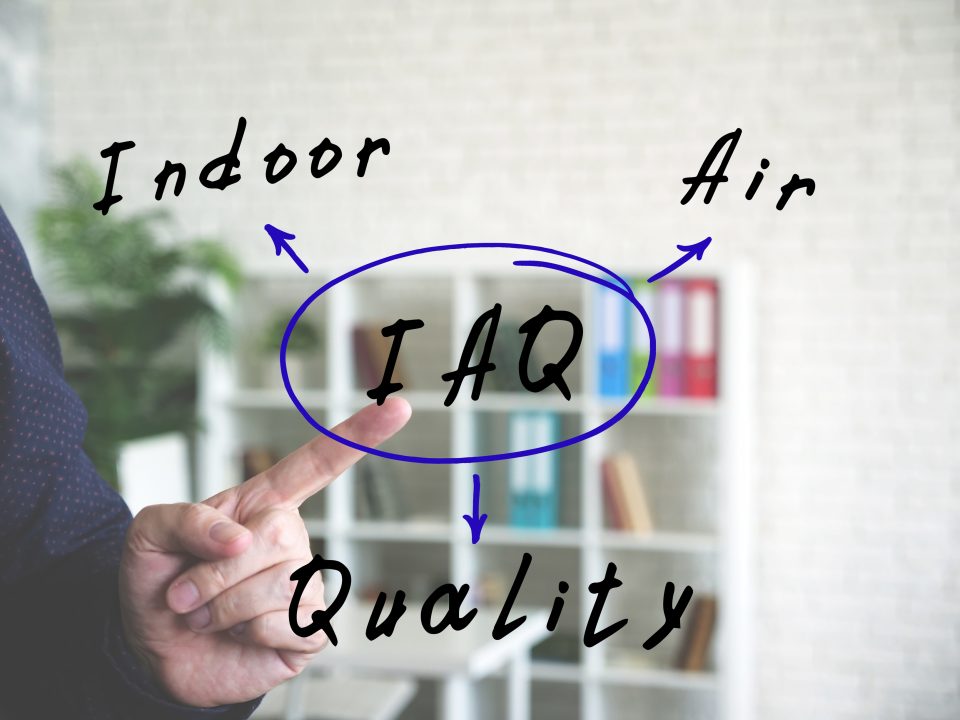
Conduct your own IAQ trial
We’re confident that the results obtained by independent scientific laboratories, as well as our own real-world trials, can be achieved in any real-world environment. Why not conduct your own IAQ trial? To ensure the validity and reliability of your trial tests, a full guide of ‘dos’ and ‘don’ts’ are available in our free 6-step PDF guide. Just reach out to one of our air quality experts and we will gladly share it.










